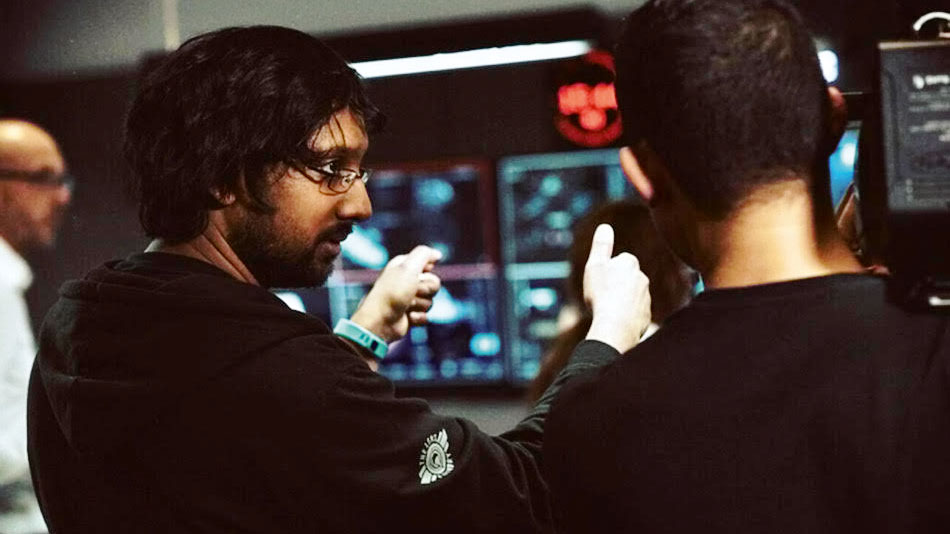8 tips for getting through a film shoot
Save valuable time and money with these top tips for a successful film shoot.

The art of filmmaking, much like 3D art and visual effects, is a complicated and time-consuming process. And takes a number of skills – organisational as much as technical ability – to be successful. Here VFX supervisor turned director Hasraf Dulull shares his expert advice for getting through a film shoot.
01. Be nice
The first advice I tell everyone is to be nice to your crew; don’t go all Christian Bale on them, because remember, they are here to help you make the film. The other advice I would give is to always come prepped but also be open to suggestion.
02. Stay calm
Do not engage in a debate about shot creative decisions in front of the whole crew, just take your DP or producer to the side and discuss in a civilised way. Same with actors, be more one-on-one rather than shouting from the digital village or behind the camera.
03. Shooting schedule
Shoot the scenes that require extras first, as you don’t want them waiting around all day, especially considering they are doing you a favour. Keep small scenes until last, as they require limited setups and smaller crew.
04. Collect data
Use the clapperboard to record data such as takes, lens data, and so forth, as that will help immensely in the edit/post later. If you forget the clapper board then don’t worry, you can still use a notebook and clap for sound sync like we did.
05. Capture multiple angles
Always shoot coverage; it’s so important to do this – and don’t get hung up about having lots of cameras. This is important for the editor but also, if you only have a day to shoot the scenes, then you want to have more than one camera capturing the scene at various angles.
06. Stay organised
Keep your file structure on the drives containing the footage clean and organised, otherwise your editor will be very angry and waste a lot of time trying to figure out what the footage is.
Daily design news, reviews, how-tos and more, as picked by the editors.
07. Spend on audio
Don’t go cheap or shortcut on audio, this part is just as important or equally as important as the visuals. Remember, audiences are more forgiving with a not-too-perfect focused shot than a bad audio. So make sure you hire a dedicated sound recording operator who has the right kit (boom, mics, and so forth), and also ensure someone is logging all the takes with each track recorded.
08. Unit photography
Have a person on set taking unit photography and shooting some DSLR behind the scenes footage. This material is gold for marketing your film and promoting it in magazines and websites as audiences always like to see how the film was made. But also you can use this for PR before releasing the film.
This article originally appeared in 3D World issue 209; buy it here.
